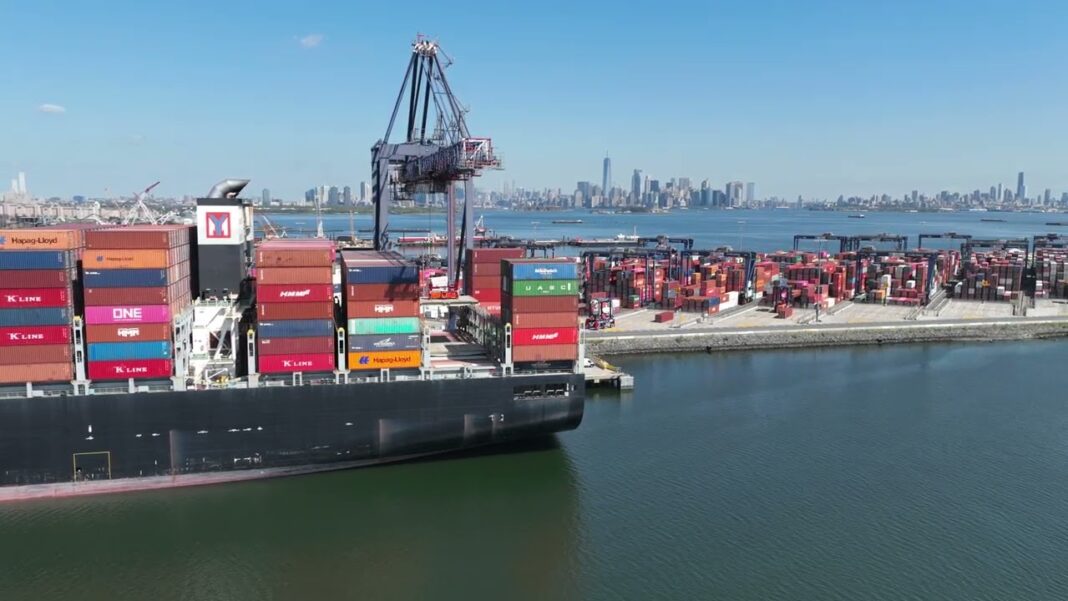If a string of fortified cities in northwestern Donetsk is breached, Russia will likely achieve its longstanding goal of capturing the entire Donbas region.
Ukraine hopes a string of fortified cities in northwestern Donetsk—dubbed the “fortress belt”—will be able to stop any further Russian advance.
That belt is also exactly an area that Russia might demand as part of a peace deal.
Among Russia’s key demands is recognition of its sovereignty over four regions, including Donetsk and Luhansk, which it claims to have annexed in 2022.
“The belt is basically the last 25 percent of Donetsk province still under Ukrainian control,” British defense analyst Tim Ripley told The Epoch Times.
“It’s the one thing that keeps the Ukrainians fighting, because once the Russians capture the rest of the province, they can declare the war over,” he said. “They will have achieved [Russian President Vladimir] Putin’s war aims.”
Extending 31 miles north to south, parallel to the H-20 highway, the fortress belt links the Donbas cities of Slovyansk, Kramatorsk, Druzhkivka, and Kostyantynivka.
“Together, these cities form Ukraine’s administrative and logistical nerve center in Donbas,” Abdullah Agar, a Turkish military expert and former Special Forces officer, told The Epoch Times.
“This line is a crucial logistics network that contains dense road and rail connections,” he said. “Russia can’t advance further into northwestern Donetsk without breaching it.”
According to Agar, the fortress belt is more than just a fortified defense line.
“It’s a psychological, political, and diplomatic source of morale and legitimacy,” he said. “The longer it remains intact, the more Western support [for Ukraine] increases.
“It’s also important in terms of perception,” Agar added. “It signals to the world—and domestic audiences—that Ukraine is still standing, still resisting.”
Heavily Fortified
In a recent report, the Washington-based Institute for the Study of War (ISW) notes that Kyiv has spent the last 11 years “pouring time, money, and effort into reinforcing the fortress belt and establishing significant defense industrial and defensive infrastructure in and around these cities.”
By Adam Morrow







